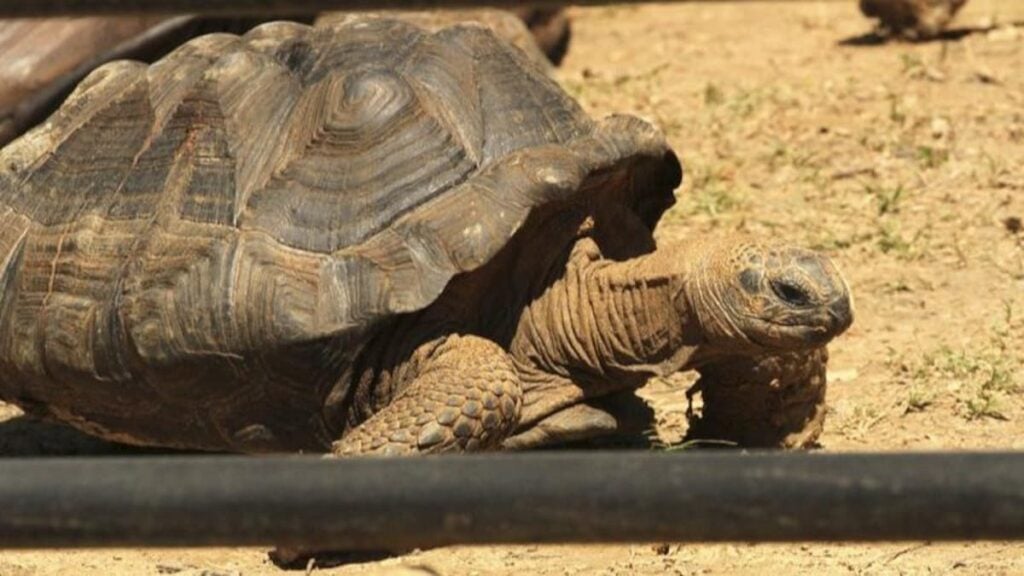Tortoises are reptiles of the order Testudines, belonging to the family Testudinidae. They are different from turtles by being entirely terrestrial. Many other turtle species are at least partially aquatic. Tortoises have a shell to protect them from predators and other threats. They retract their necks and heads directly back into the shell, as do other members of the suborder Cryptodira. These creatures are typically diurnal animals with crepuscular tendencies depending on ambient temperatures. They are also the world’s longest-living land animals, though which species is the longest-living is debatable. But did you know that the giant tortoise species has been rediscovered when they were thought to be extinct?
For about 113 years, the giant tortoise species was thought to be extinct. Researchers were able to rediscover the species in the Galápagos Islands in 2019.
How Researchers Find the Giant Tortoises and Why were They Assumed to be Extinct in the First Place?
The tortoise was discovered during a joint expedition by the Galapagos National Park and the Galapagos Conservancy in 2019 on Fernandina Island, one of the archipelago’s youngest and most pristine islands.
Yale University scientists then identified it as the Chelonoidis phantasticus species, which was thought to be extinct more than a century ago. Yale University revealed the findings of genetic studies as well as a DNA comparison with a specimen extracted in 1906.
Many species of tortoises coexist with flamingos, boobies, albatrosses, and cormorants, a family of aquatic birds, in the Galapagos Islands, which served as the basis for British Scientist Charles Darwin’s theory of species evolution in the nineteenth century.
According to data from the Galapagos National Park, the current number of giant tortoises of diverse kinds is believed to be 60,000. One was Lonesome George, a male Pinta Island tortoise who died in 2012 without leaving any offspring, and was the least known of the specific species. (Source: CNN)
Where Can You Find Giant Tortoises Today?
The tortoise, called Fernanda, was taken to the Galápagos National Park’s Giant Tortoise Breeding Center on Santa Cruz Island. There, researchers could keep an eye on her and feed her. According to National Geographic, if Fernanda had been abandoned on her native island, finding her again on the volcanic terrain of Fernandina would have been difficult and time-consuming for the researchers.
When Fernanda was discovered, park rangers were certain she belonged to the extinct giant tortoise species. Nonetheless, the researchers collected blood samples and sent them to Yale University geneticists and tortoise experts for confirmation.
During their search for Fernanda, the team discovered the tracks and scat of at least two other tortoises on Fernandina Island. If a male giant tortoise is discovered, the team will transport him to the Santa Cruz breeding center and encourage him to mate with Fernanda.
If the breeding is successful, the young tortoises will be kept in captivity until they can be released back into their natural habitats on Fernandina Island. (Source: Smithsonian Magazine)
